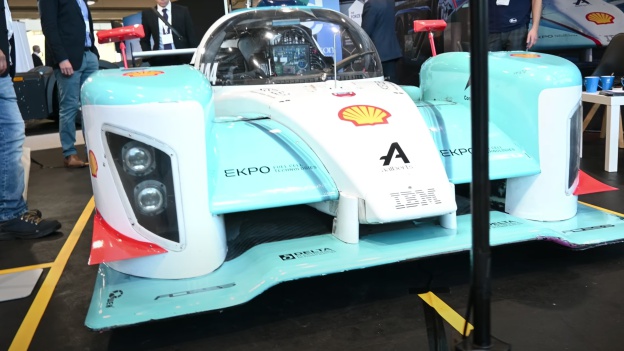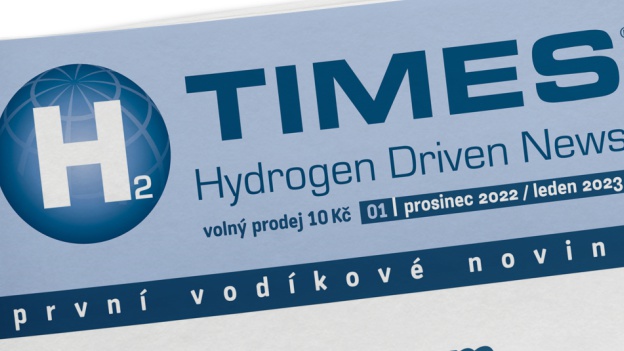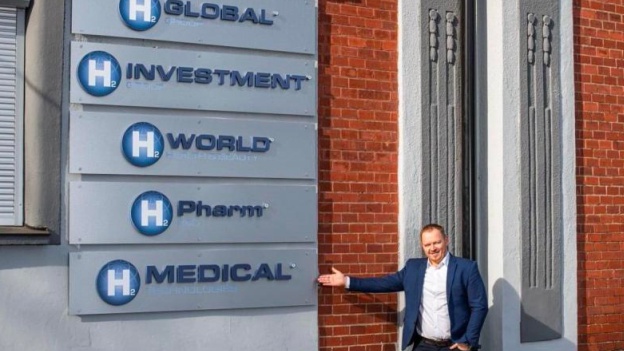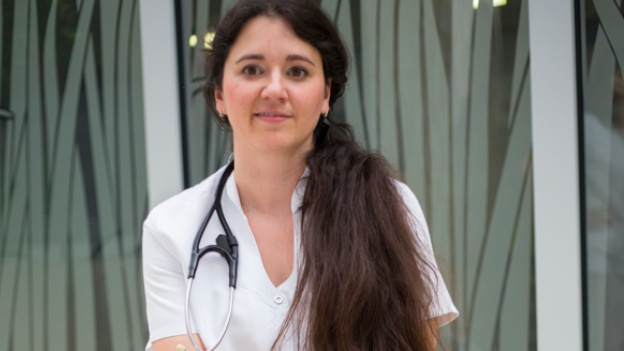Zaha Hadid Architects has designed the world's first green hydrogen refuelling infrastructure for recreational boating. The refuelling stations will be built in 25 Italian ports.
The project represents an investment of approximately $108 million from NatPower H, a global developer of technologies for the production, storage and distribution of green hydrogen. The network of refuelling stations will begin to be installed this summer and is set to grow to 100 stations across the Mediterranean over the next six years. Another ambition is to expand to the world's most popular areas for recreational cruising.
According to the company, the 100 stations will eventually be operational by 2030 and deliver up to 3,650 tonnes of environmentally friendly hydrogen annually. This will remove around 45,000 tonnes of greenhouse gas emissions from recreational boats in the Mediterranean each year.

The project comes as a solution to the inadequate infrastructure for distribution and refuelling using green energy sources. The design of the stations is inspired by research into modular systems conducted by Zaha Hadid Architects. The stations are adaptable and can be customized based on specific site needs such as overall size, seating, bike charging facilities and pedestrian movement within each port.
ZHA says the stations are fully recyclable and designed with a commitment to maximum efficiency in material use.
"The structural strength of ZHA's hydrogen refuelling stations, built from low-carbon concrete, is due to geometry rather than increased use of materials," said Zaha Hadid Architects principal Filippo Innocenti. "The stations, which incorporate the latest innovations in construction techniques while taking into account the historical engineering developed throughout the Mediterranean by the Romans more than 2,000 years ago, use advanced circular building technologies and reflect NatPower H's commitment to an environmentally responsible future."
Zaha Hadid Architects
Visualisation source: Tecma Solutions






























